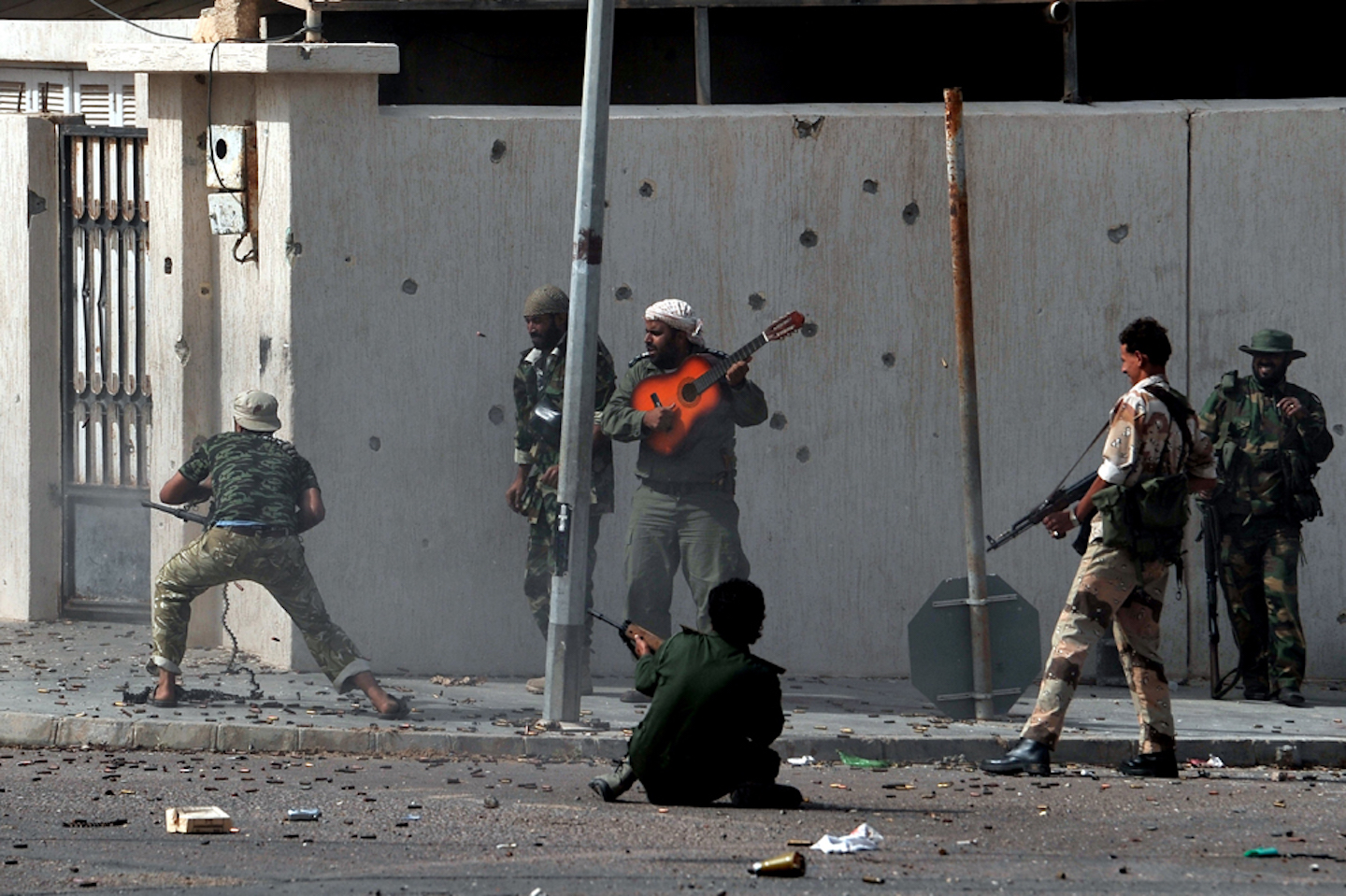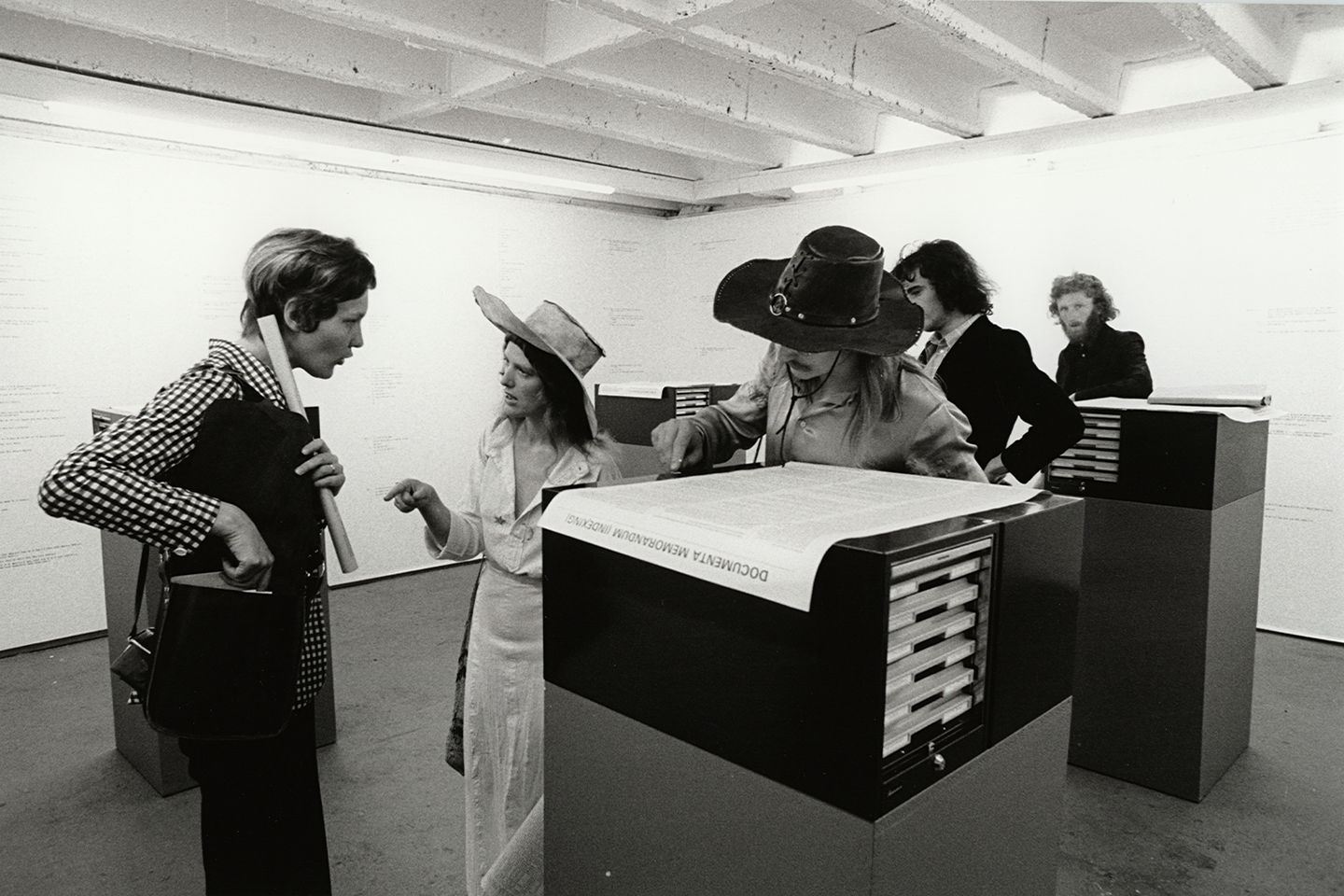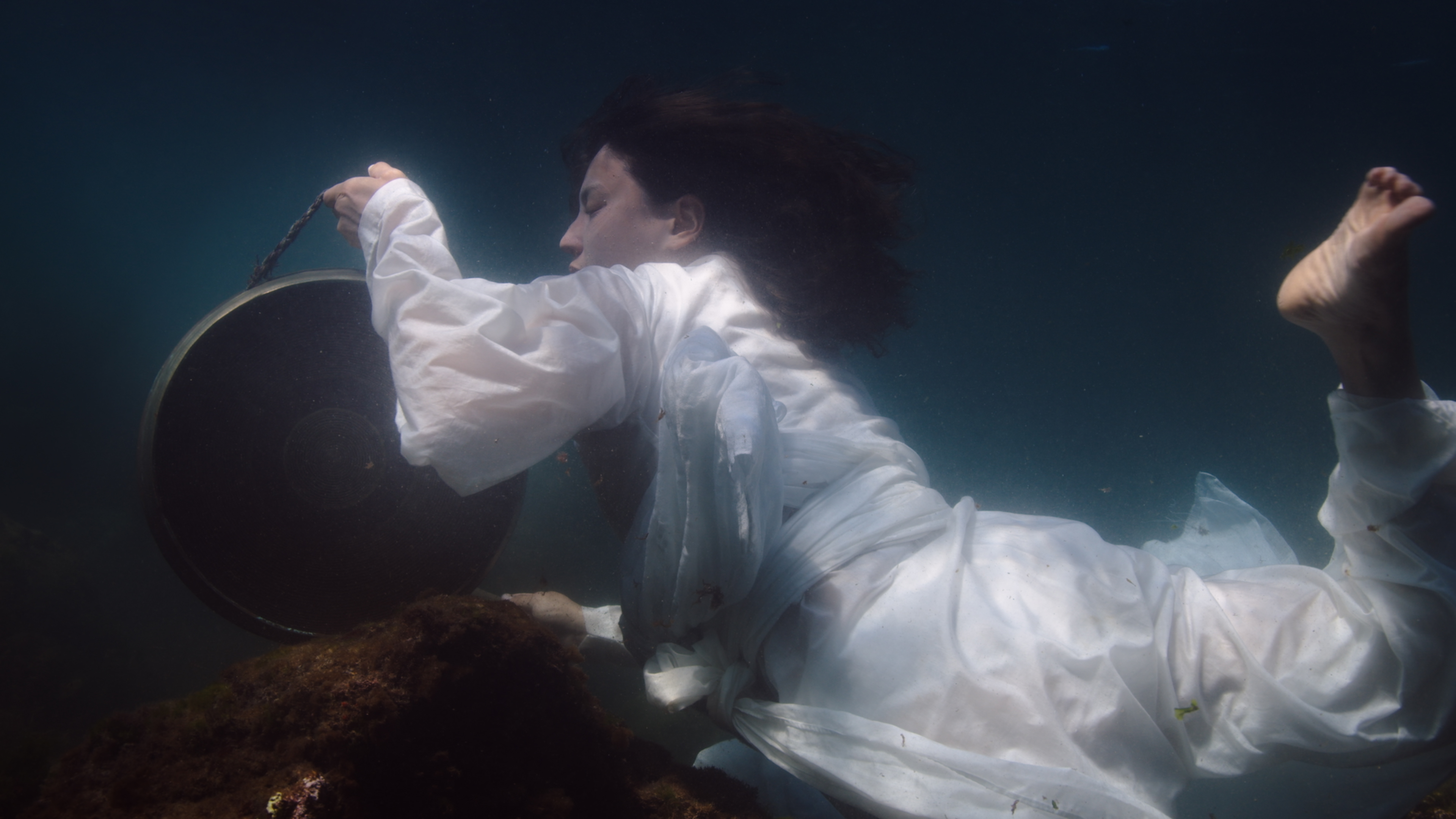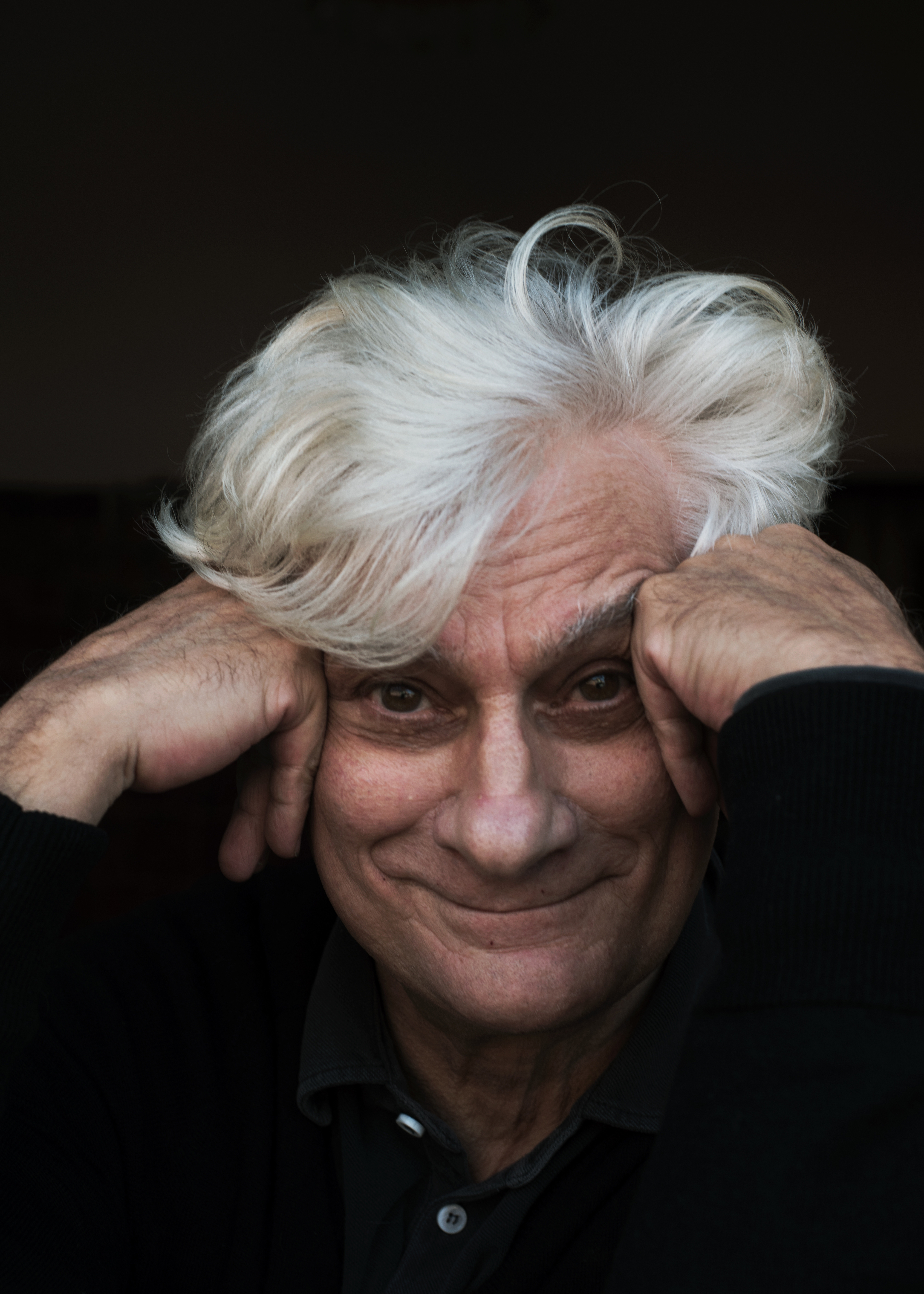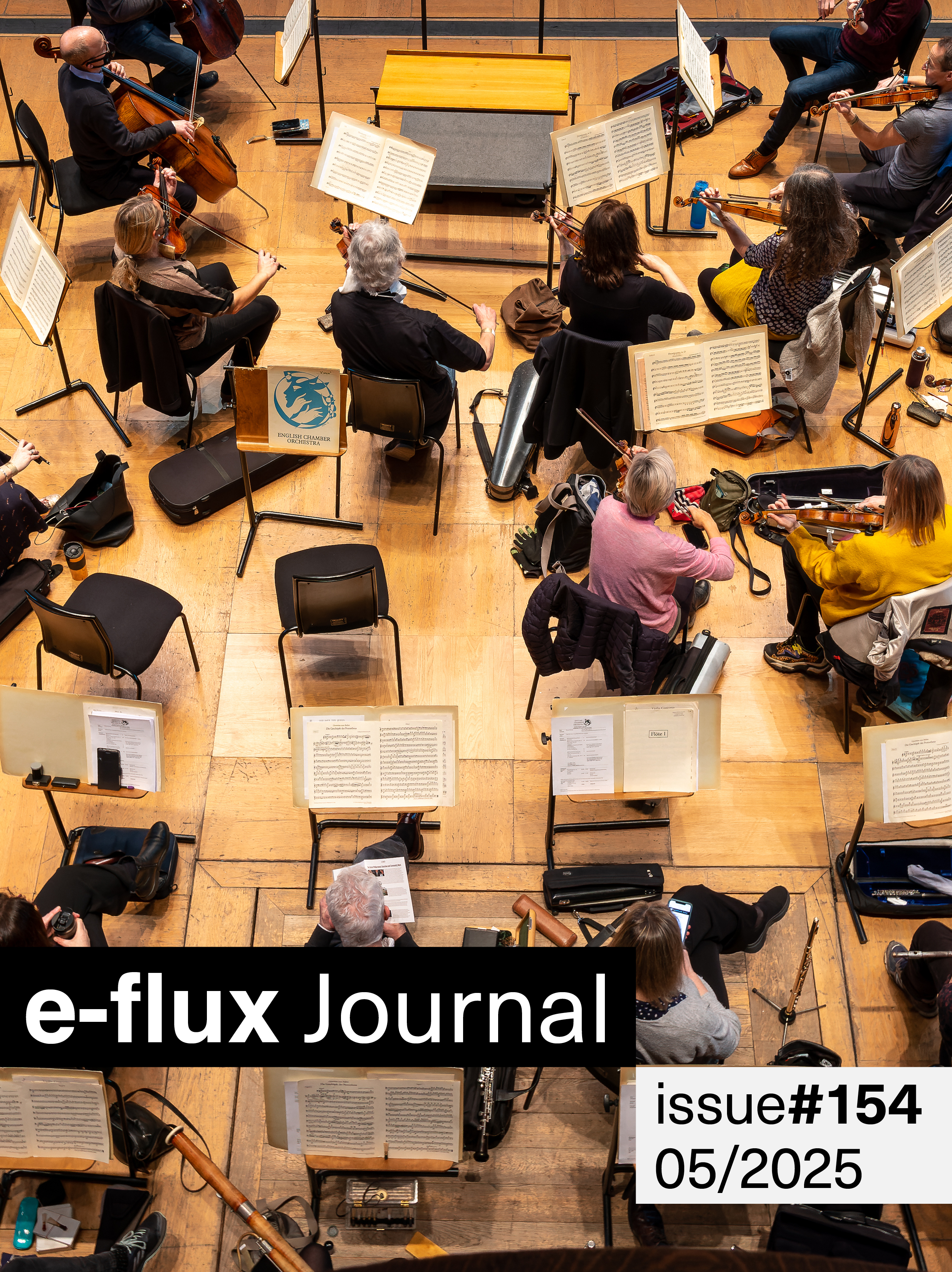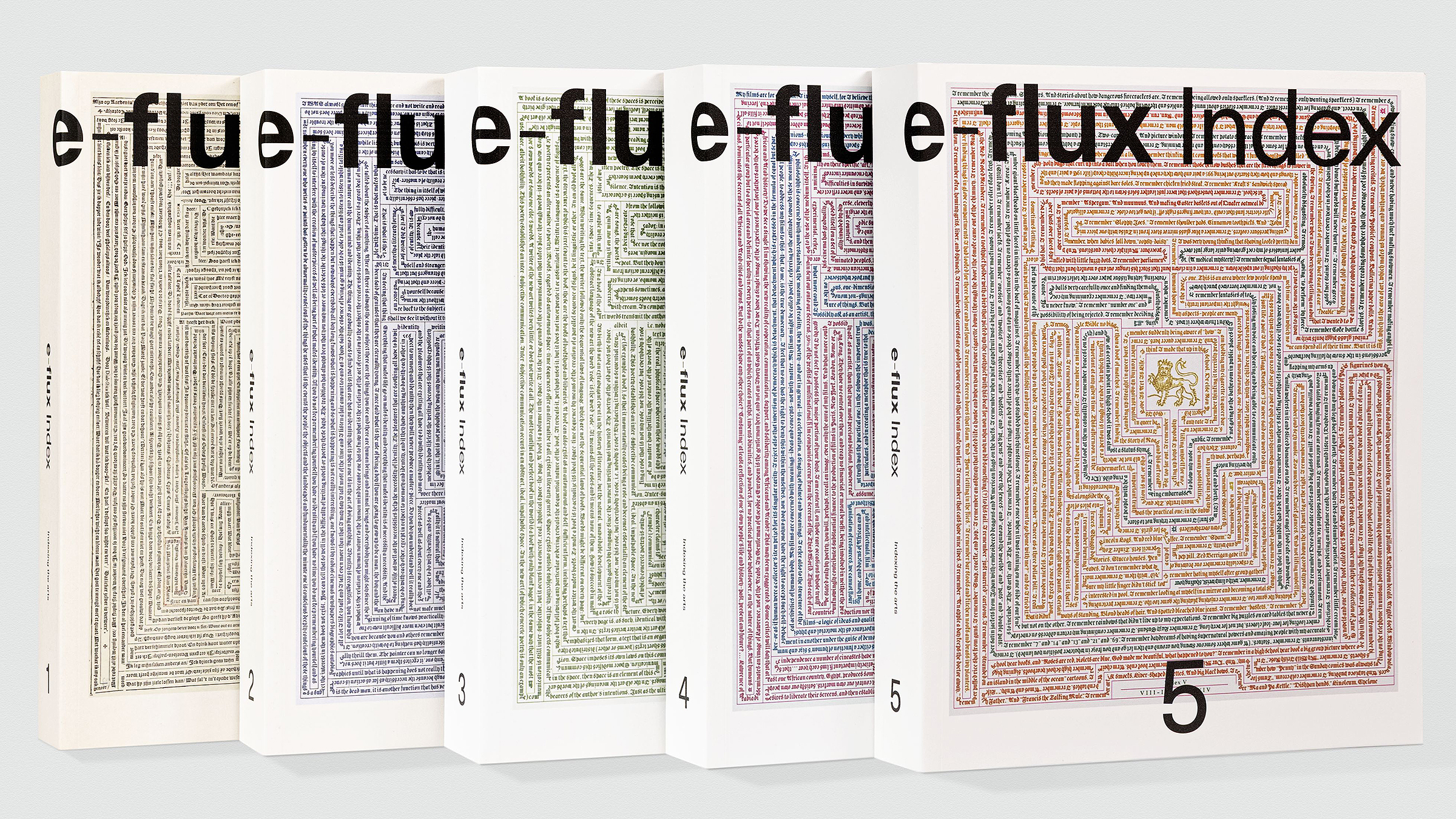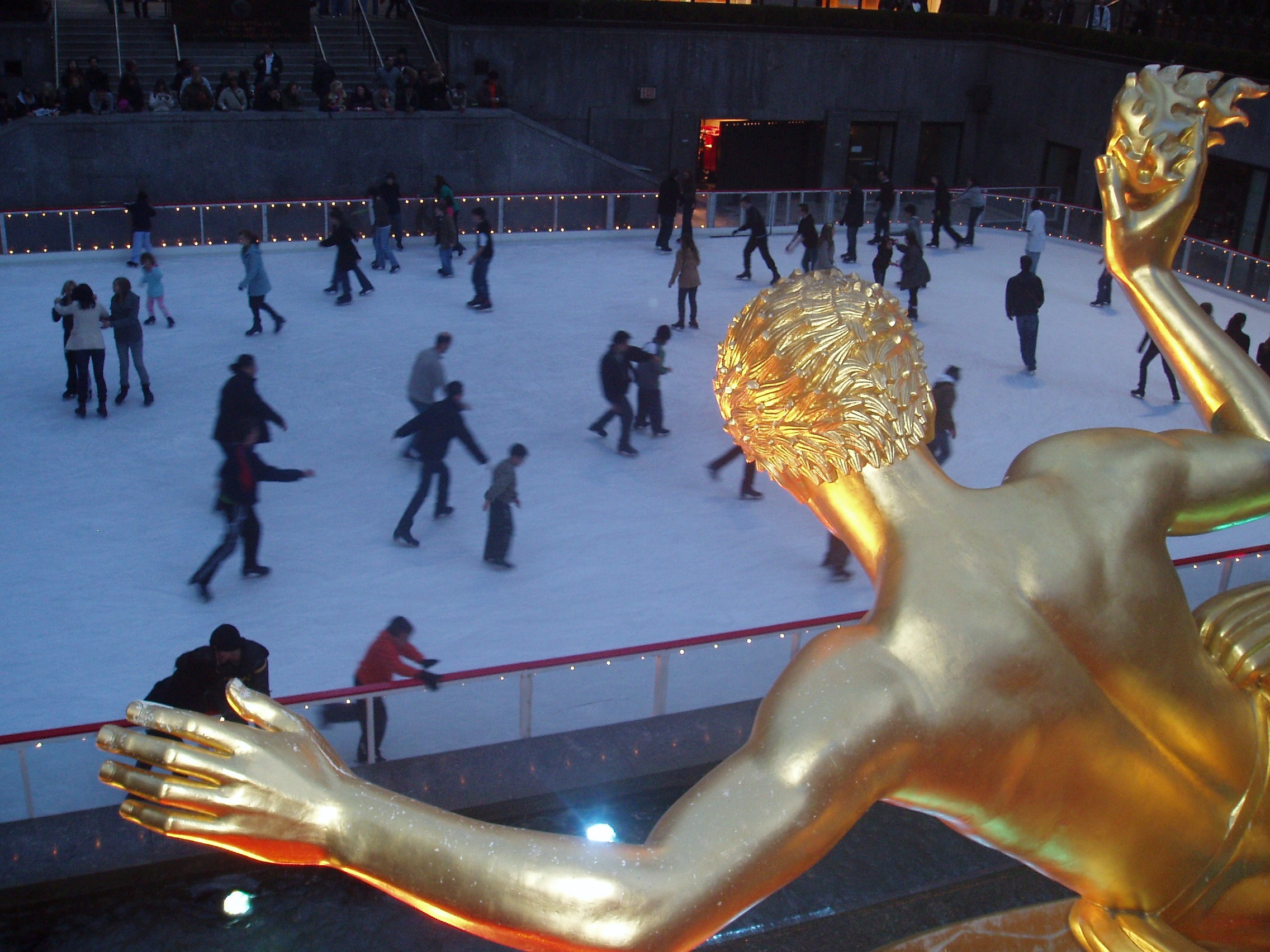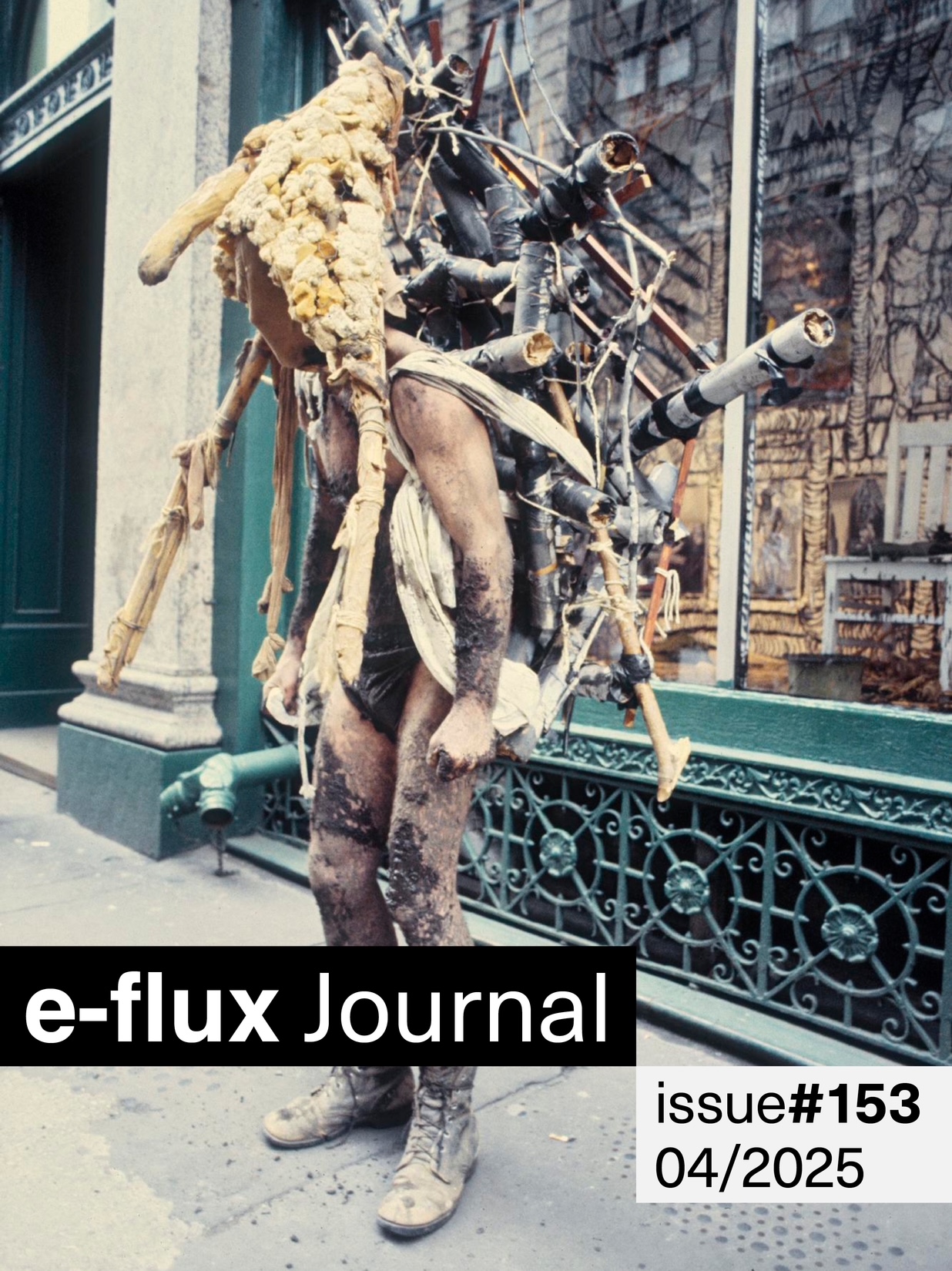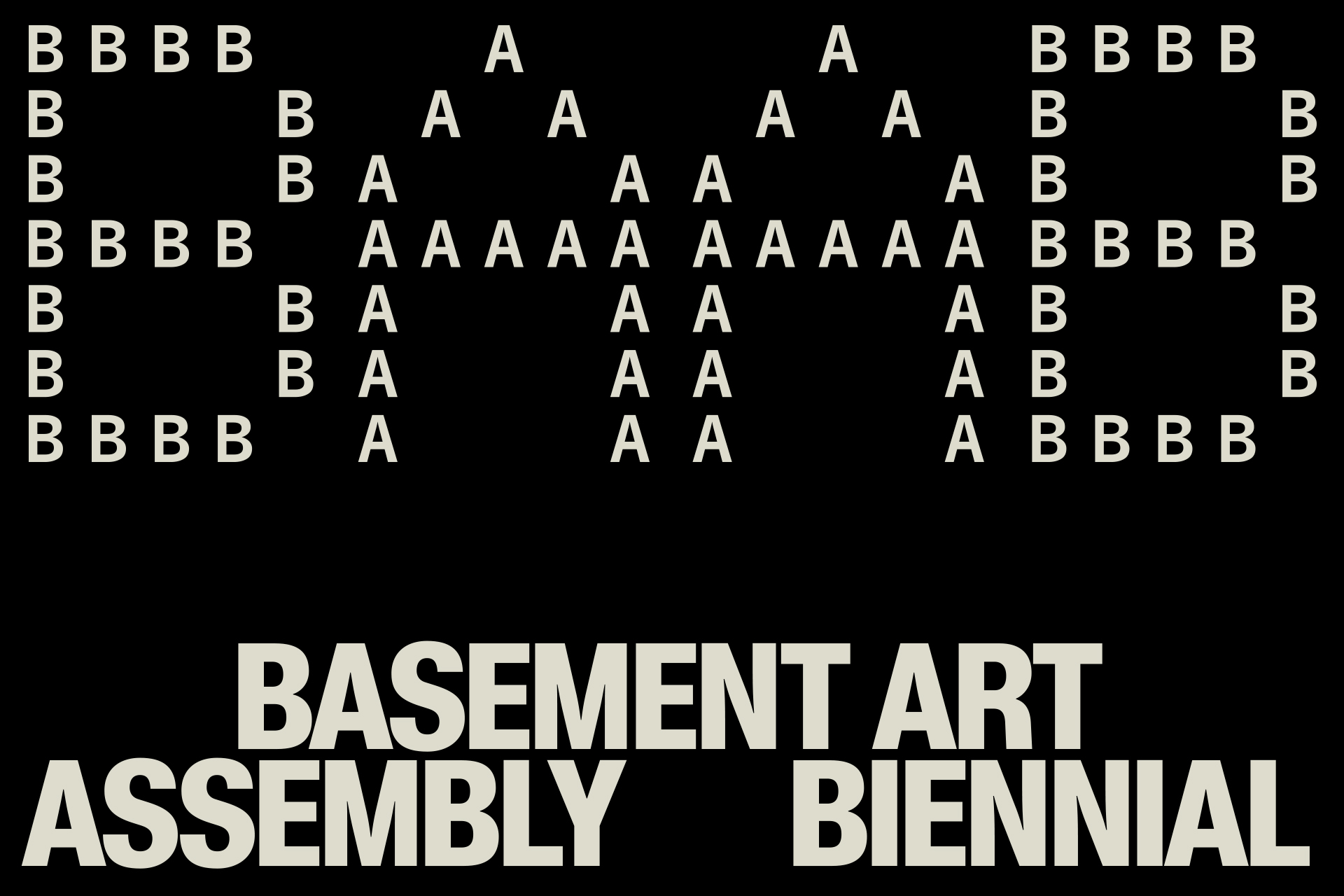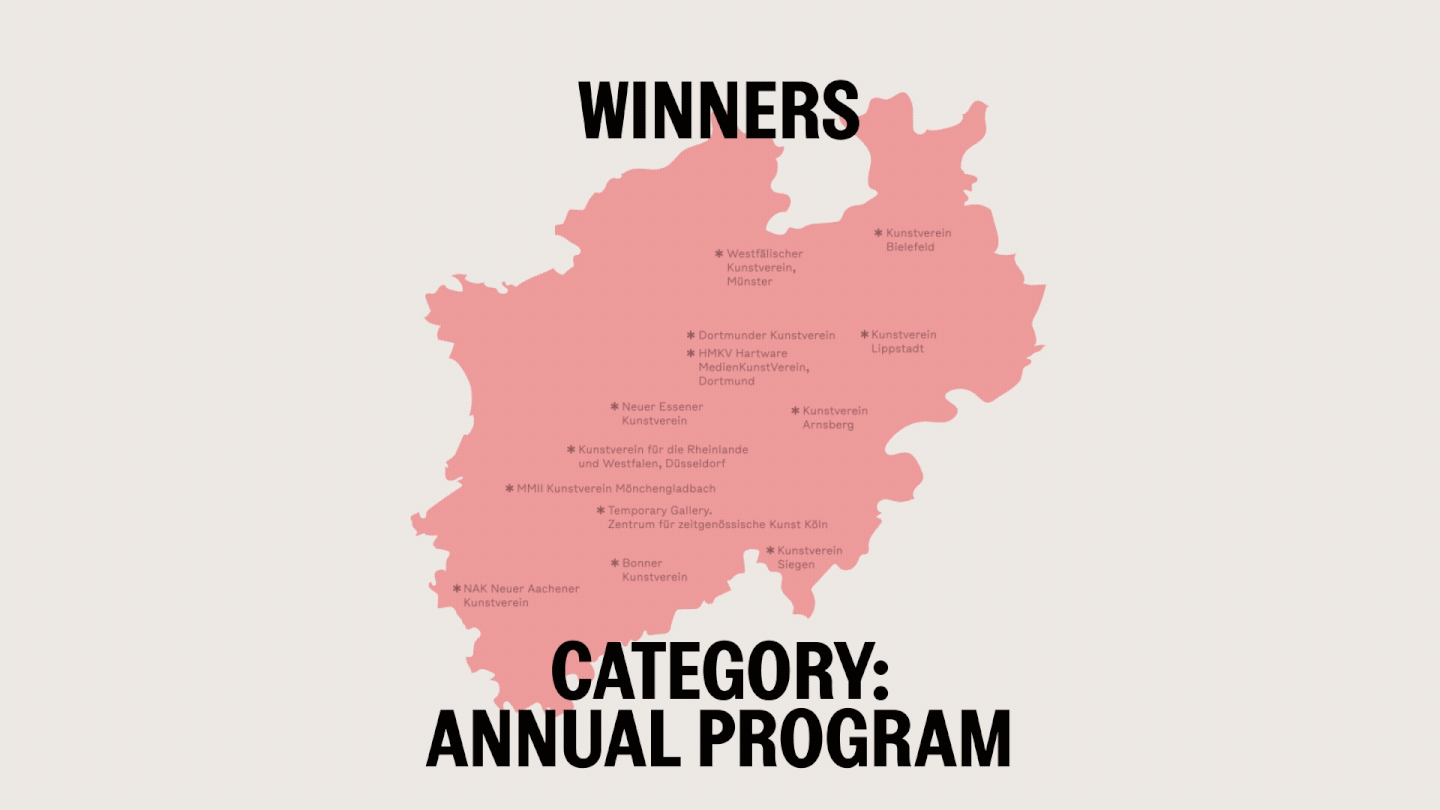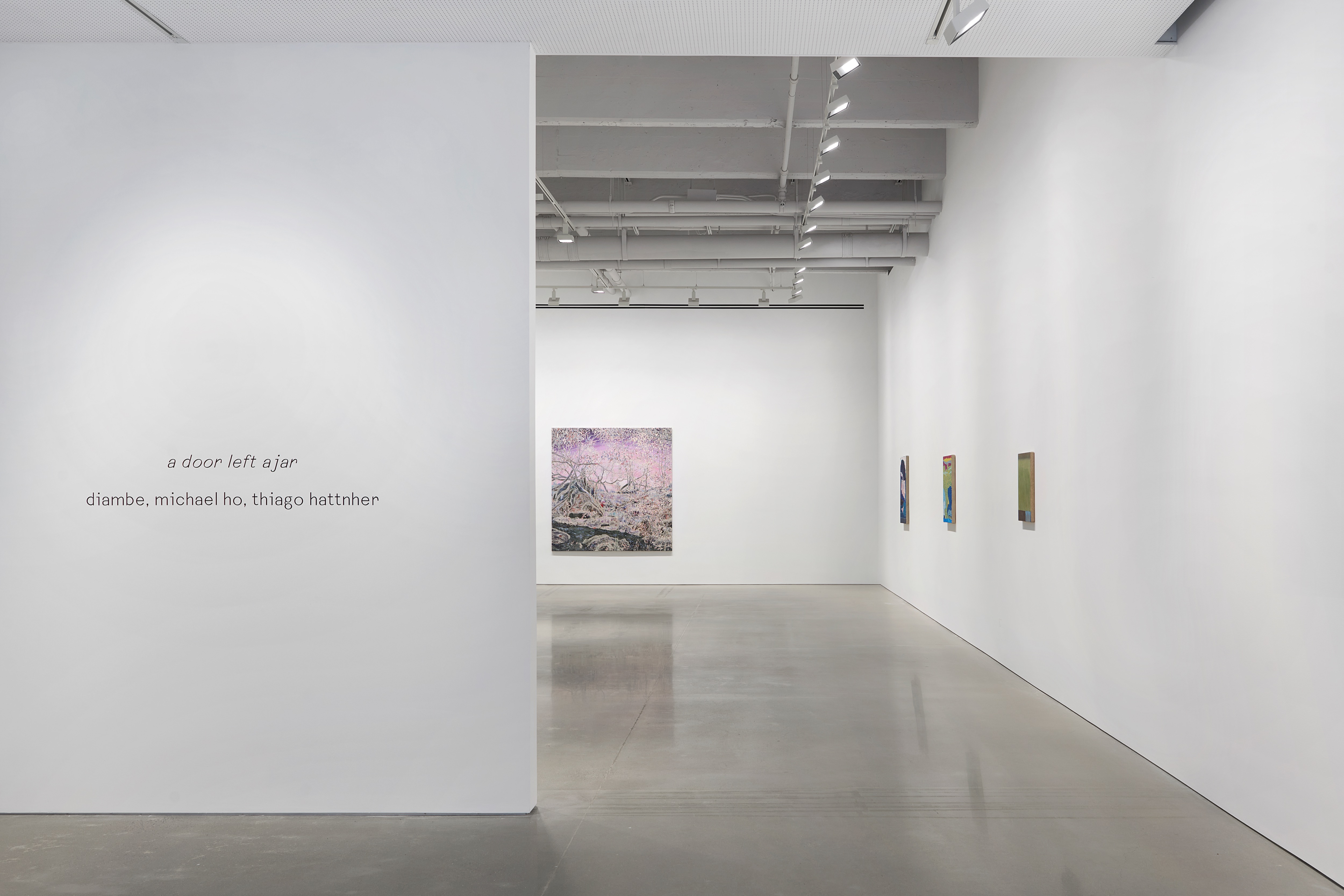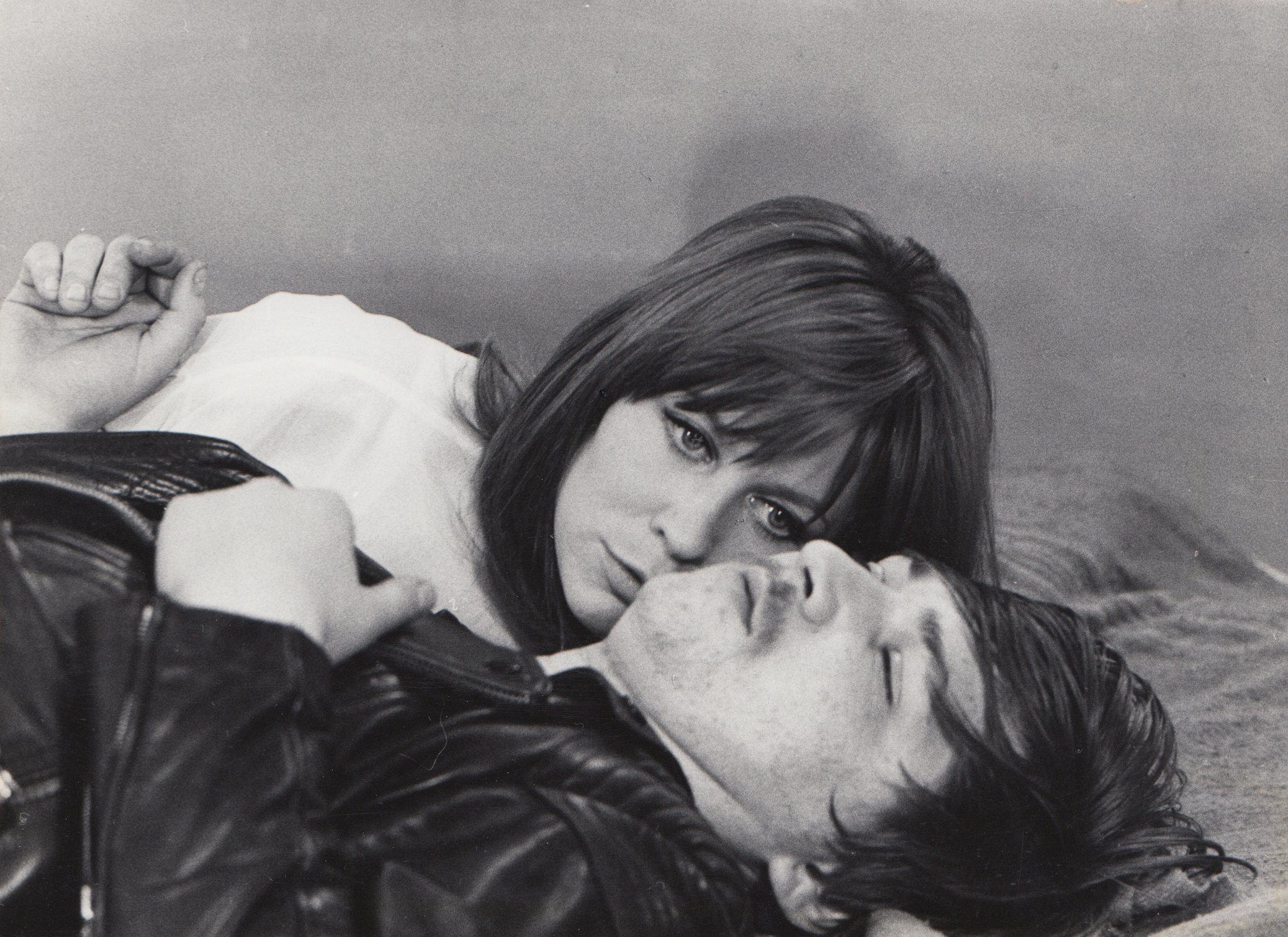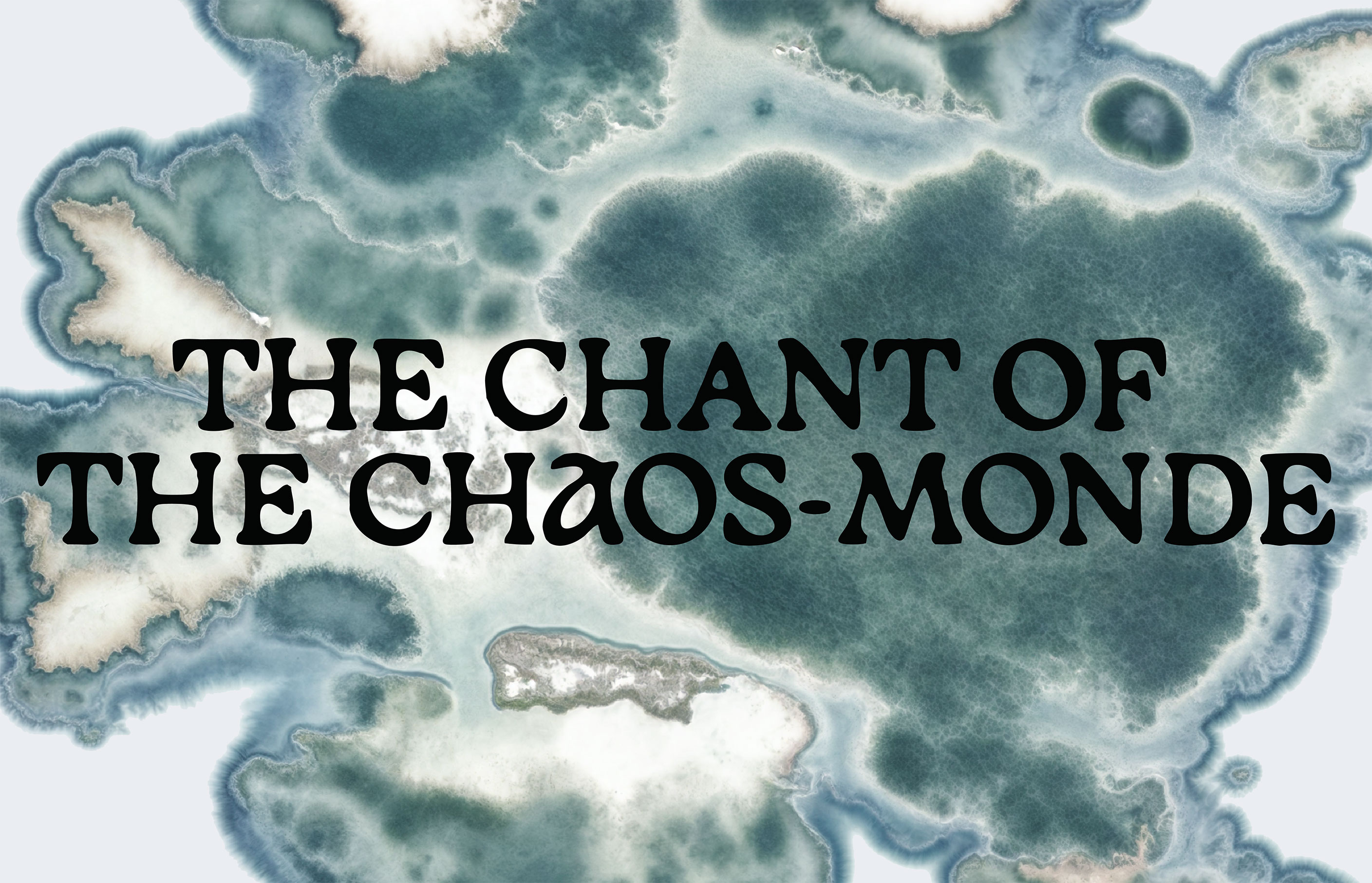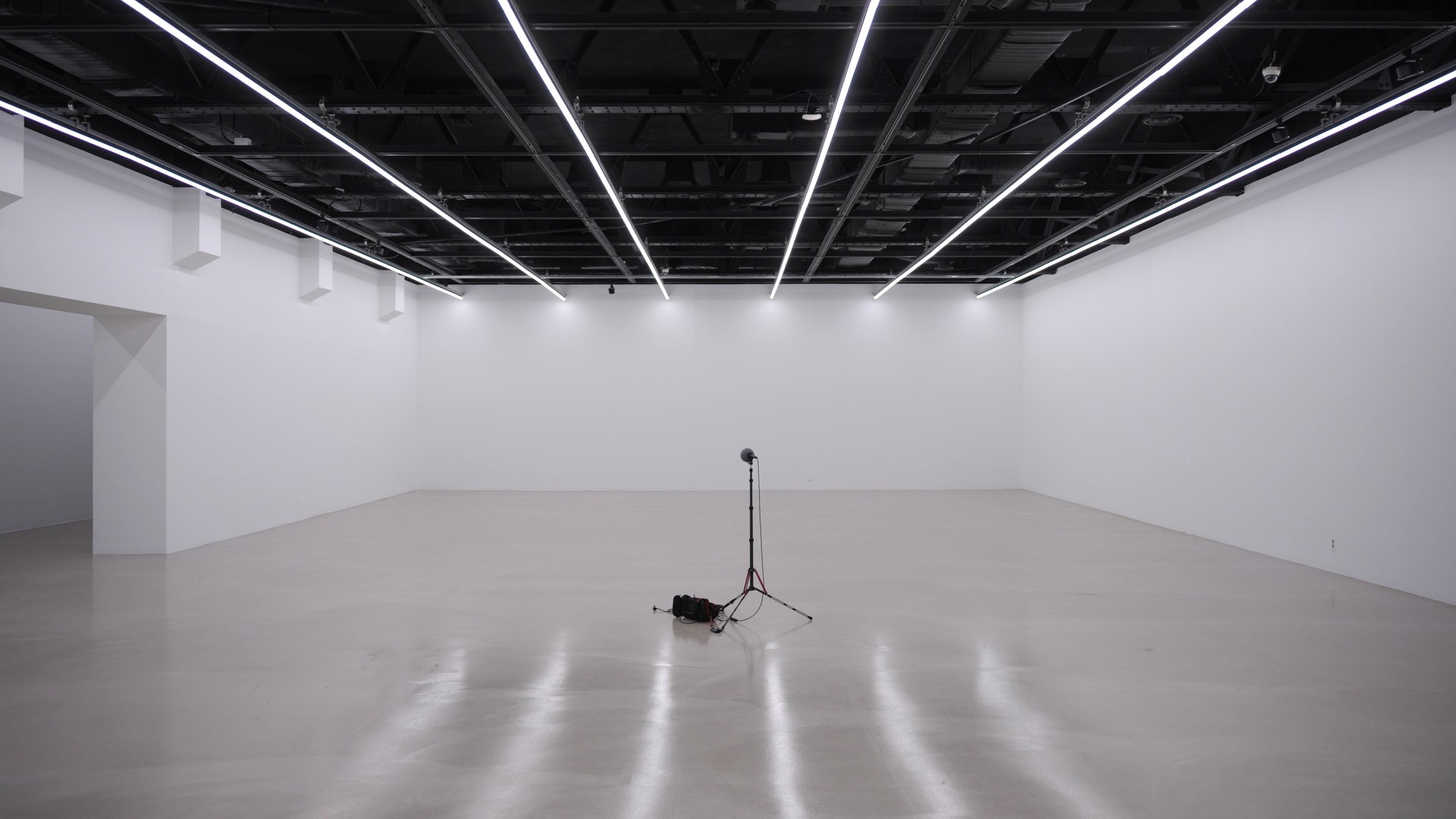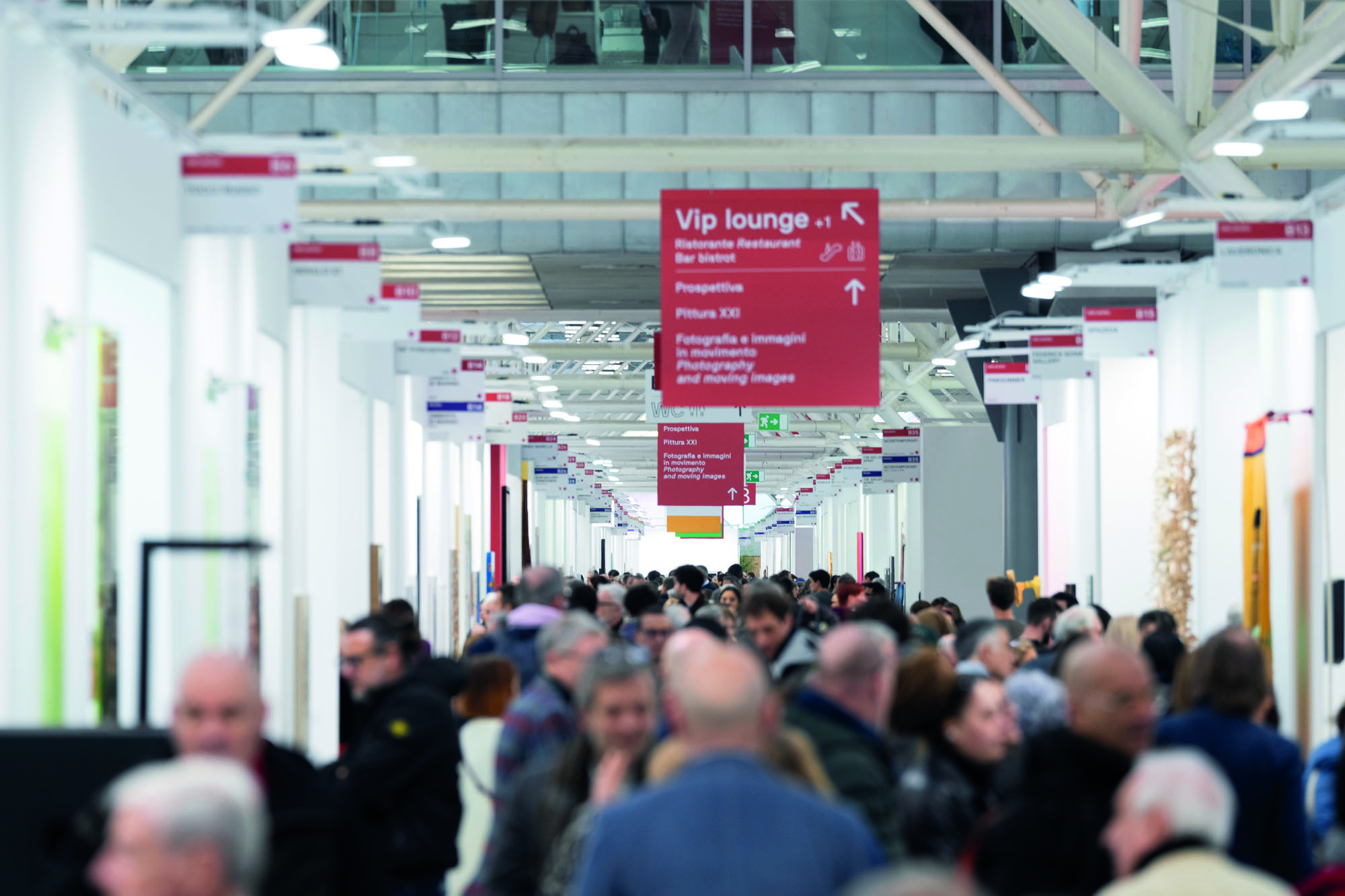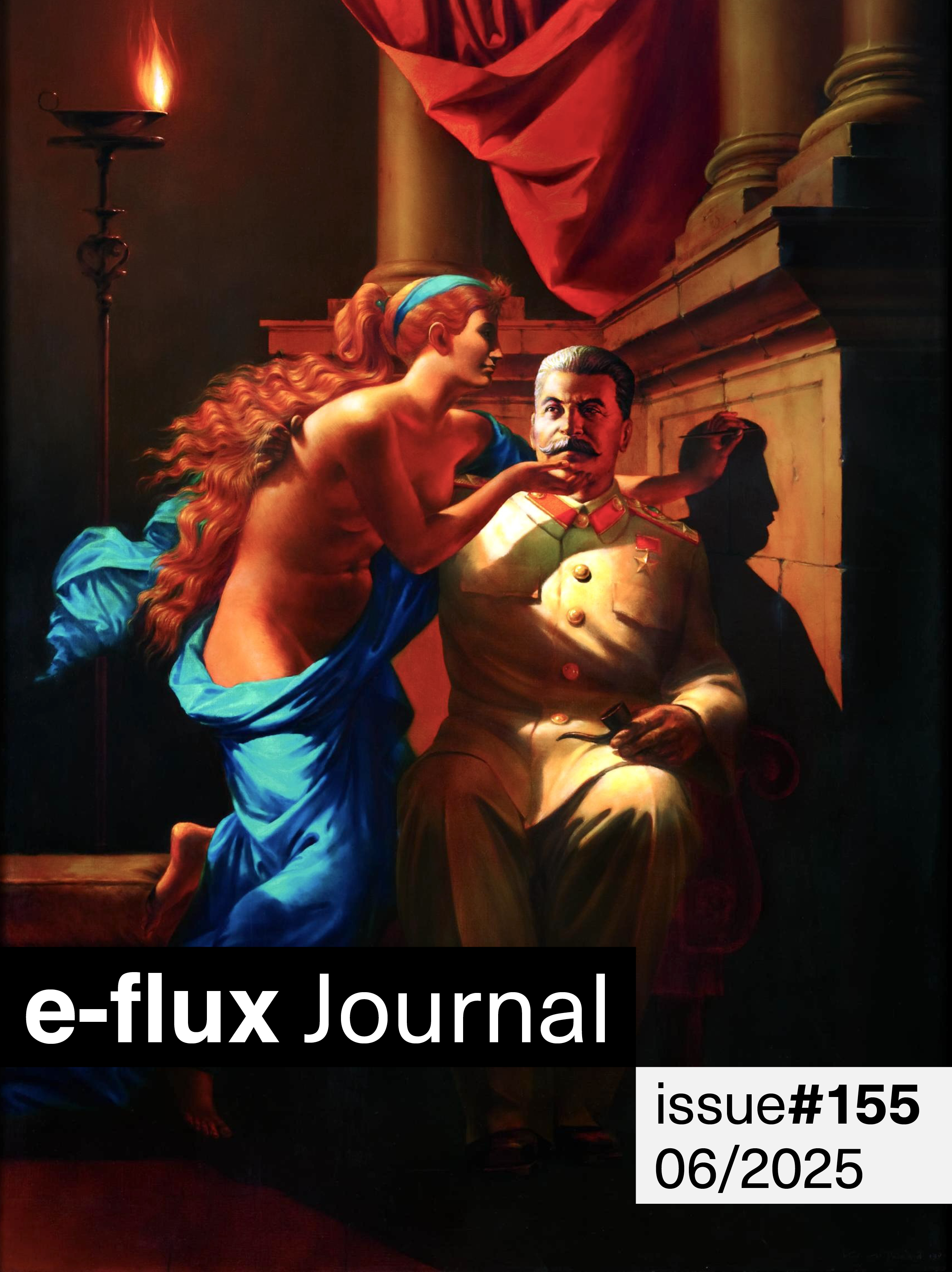Art After Culture? cumulative conference in New York
June 14, 2019, 12am
New York 10002
USA
Following the collapse of the Soviet Union, a “global” art world began to form. Sure, there were already a number of world's fairs and established international biennials, but this would be different. From the 1990s onward, national boundaries would dissolve, centers and peripheries would level out, and the internet would host worldwide cultural exchange. In many ways this really did happen, but some other things also happened. As people and ideas began to move across borders, money did too. Faced with an unmanageable planetary scale, capital became a more efficient regulator of flows than laws or nations. Suddenly, capital rises to become the primary form of representation and expression for the global community, and its flair for flexibility and recombination would even be mistaken for a democratic, autonomous, or anti-authoritarian character, sealing it in as a new form of sublime non-governance. Capital's twin, the internet, would also democratize many scarce resources and forms of representation just as efficiently as it would mask its control by state agencies and some of the largest corporations in human history.
In art, the call to join with the global would be answered by a vast industry of events—pop-up museological exhibitions across the world—that would animate a thriving art market. Artworks would be produced and exhibited on a previously unimagined scale, and newspapers would distinguish works by their relation to capital (record-setting prices). Better-informed practitioners in the field of art who might once have used politics or history to engage with artworks found themselves faced with cultures they did not understand, and by no fault of their own. Suddenly, the passage to any political or historical understanding would be covered over by the abstraction of cultural exchange—a mode of communication that supposes that you don’t really understand where I am from or what I have been through. Forced to pander to a global community with unlimited resources but limited access to the forces and urgencies that animate my own work and thinking, I may even become foreign to myself. I may seek global approval to accept that my own politics, my own history, even exist. Without that recognition, I might need to enlarge the spectacle—add violence, sharper colors, car chases, happy endings, a whiff of fascism, or a full sectarian withdrawal from the superstate.
But the mandate to become cultural becomes far more complex than this when the globe tells us what we already know to be to true: that with or without the recognition of a planet of others, we still do not understand what we ourselves have been through. An art aligned with modern and humanist traditions and ambitions appears unhelpful. The cultural peculiarities of European scientific, industrial, and political revolutions seem only to deepen the problem. Faced with looming planetary ecological meltdown, when institutions that were not qualified to blaze pathways for all of humankind to begin with come down from their galactic ambitions, they too land on culture—not as a project or technology, but as a naturalized way of including politics and histories they are unable or unwilling to understand. They, too, forfeit questions of scale to global flows of spectacle and capital.
The cumulative conference at e-flux asks: If we remember the artistic avant-garde tradition and its iconoclastic contempt for culture, how can we reconcile our own unknown culture with apparently simultaneous traditionalist fetishes? If we are now chained to an apparatus of representation that can only be spectacular in its scale, what is the project that art must necessarily undertake against reactionary self-homogenizing withdrawals? Can art still gain access to something larger than the culture it was born into? If staging mass ecological self-extinction is the ultimate spectacle, perhaps we should pause for a moment to see it not as human death but as a cultural endpoint. And if art—ancient, modern, or whatever—was always able to project past these endpoints, then what is art after culture?
Join us at e-flux on Friday, June 14, from 7–9 pm and Saturday, June 15 from 10:30am–7:30pm for “Art After Culture?,” the fourth and cumulative installment of the conference series Art After Culture? organized in Rotterdam, Paris, Berlin, and New York launching off the next ten years of e-flux journal.
With Basel Abbas and Ruanne Abu Rahme, Franco “Bifo” Berardi, Mary Walling Blackburn, Kaye Cain-Nielsen, Keller Easterling, Irmgard Emmelhainz, Liam Gillick, Boris Groys, The New Red Order, Charles Mudede, Reza Negarestani, The Otolith Group, Hito Steyerl, Anton Vidokle, and Brian Kuan Wood.
PROGRAM
FRIDAY, JUNE 14, 7–9pm
7pm Introduction by Anton Vidokle
7:15pm Boris Groys, “The Museum as the Cradle of Revolution” | lecture and Q&A
8:15pm Hito Steyerl, “A Campfire Story” | lecture
SATURDAY, JUNE 15, 10:30am–7:30pm
10:35am Liam Gillick, “To The Gardeners of the Creative!” | prologue
10:45am Introduction by Kaye Cain-Nielsen and Brian Kuan Wood
11:00am Session One, introduced and moderated by Brian Kuan Wood
- Franco “Bifo” Berardi, “Pleasure, Desire, and Evolution” | lecture
- Irmgard Emmelhainz, “Shared Meaning Beyond Representation?” | lecture
- Mary Walling Blackburn, “Technologies of Ancestor Phantasy for a Final Generation: from the Gnome’s Genome to Trash DNA” | lecture
- Q&A with speakers
1:15pm LUNCH BREAK
2:15pm Session Two, introduced and moderated by Brian Kuan Wood
- Reza Negarestani, “APNE: The Art of Making Intelligence” | lecture
- Charles Mudede, “There Can Be No Advanced African Technologies Without the Angel of Death” | lecture
- The Otolith Group, Nucleus of the Great Union | screening
- Q&A with speakers
4:30pm SHORT BREAK
5:00pm Session Three, introduced and moderated by Kaye Cain-Nielsen
- The New Red Order, New Red Order Presents: Crimes Against Reality | performance
- Keller Easterling, “Superbugs” | lecture
- Ruanne Abu Rahme and Basel Abbas, At those terrifying frontiers where the existence and disappearance of people fade into each other | performance, sound, video
- Q&A with speakers
7:15pm Closing note by Kaye Cain-Nielsen
-
Admission is free but capacity is limited, please RSVP on Eventbrite.
The conference will be livestreamed on www.e-flux.com/live.
For more information, contact program@e-flux.com.
